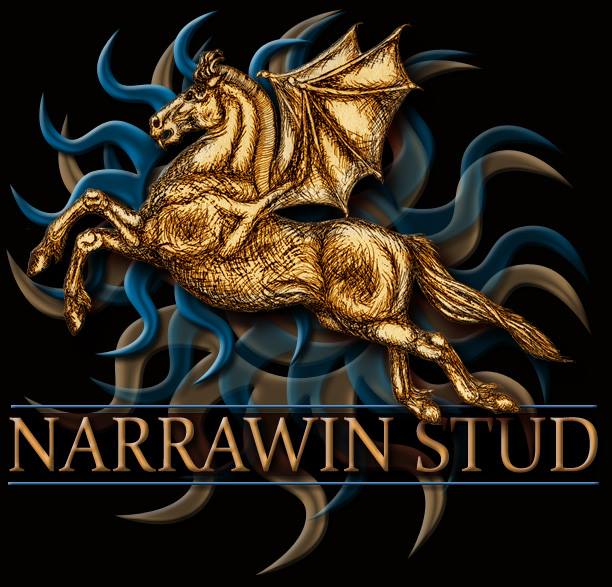Essentially, a Paso Creole is Paso Horse of mixed ancestry. The term “creole” comes from the French language and means mixed blood, and the Spanish word “criollo” has a similar meaning. There is already a recognised breed called Criollo (the Argentinian Criollo), so we settled on Paso Creole. This reflects the fact that it is a blended horse breed with international flavour. To give credit where it is due, the name was invented by Elyane Brightlight, who was one of the first people in Australia to buy one my Paso Creoles.
The ideal Paso Creole can be anywhere between 13.3 and 15.3 hands in height and of distinct Paso/Iberian type, compact and harmonious. Shoulders should be well laid back and the neck well set on, such that the horse may carry itself proudly and easily. The shape and size of head is less important than an overall harmonious impression with correct teeth and a free and open junction between head and neck. The ability to move and to carry itself well is paramount. Legs should be correct, clean, well defined and substantial. Hooves should be even, of good angles and good quality, ideally hard enough to perform without shoes. Knee and hock joints should be straight, strong and substantial. Angulation through both front and hind legs should be sufficient to allow an easy engagement of hind quarters and freedom of movement in all limbs. Pastern length and angles should be appropriate for a working horse, meaning neither too upright nor too flexy.
It will be graceful, proud, intelligent and tough of mind and body. It should possess and display brio and be people oriented. Males are expected to have more crest than females and may be more substantial in build. Mares should be more feminine, but without sacrificing good bone. All should have the right balance between refinement and noblesse on one hand and a sound, strong working conformation on the other hand.
Ideally, it should be able to perform a smooth, isochronal Paso gait. However, any saddle gaits such as Trocha (Foxtrot), Sobreandando, Pasitrote or Amble are permissible. Horses only capable of trot at medium speeds are acceptable but this is not considered ideal. All Paso Creoles are expected to show a good walk and a correct diagonal canter as well. Termino is permissible. Stride length can be long or short and action may be high or low, but it must be even and the action of the hocks should match the knee action.
Breeding
In essence, a Paso Creole is a horse of at least 50% Paso blood or a mix of the different Paso breeds. Specifically, Paso Creoles can be derived as follows:
Any two Paso Creoles:
PC x PC = PC
Any pure Paso to a non-Paso:
PF x NP = PC
PP x NP = PC
PR x NP = PC
Any pure Paso to a Paso Creole:
PF x PC = PC
PP x PC = PC
PR x PC = PC
Any pure Paso to another breed of pure Paso:
PF x PP = PC
PF x PR = PC
PP x PR = PC
Where:
PC = Paso Creole
PF = Paso Fino
PP = Paso Peruano
PR = Paso Costarricense
NP = Other breed (Not Paso)
